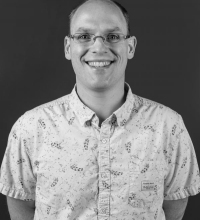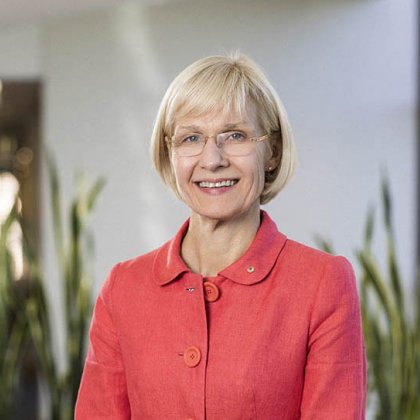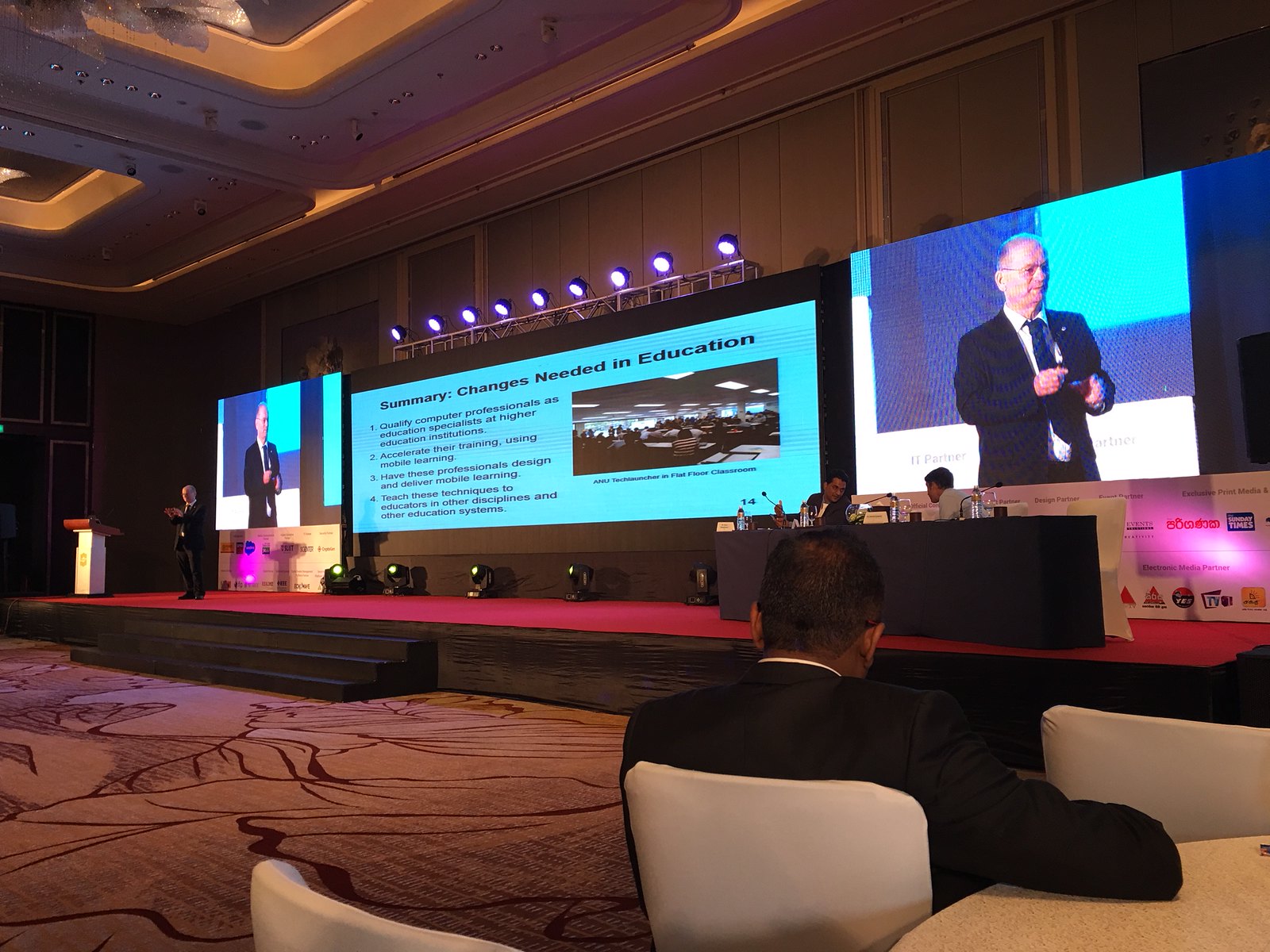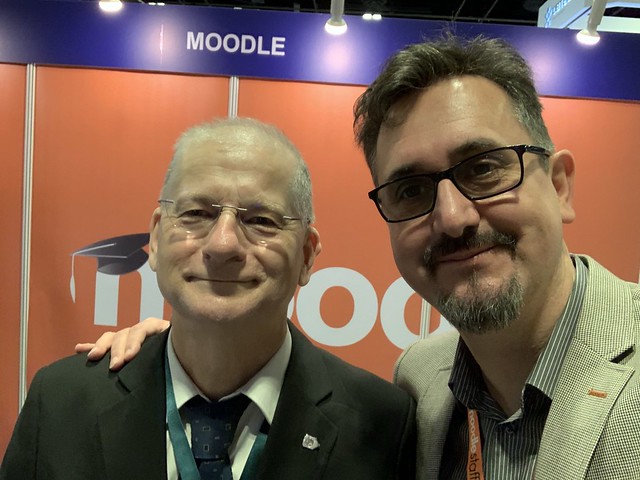Something I have been helping organize: The ANU Computing Leadership Seminar Series is a new initiative for 2021, where we aim to bring alumni and friends together, to share their career perspectives with current students, staff, and the campus community. The seminars are open to anyone, but each is followed by a workshop for ANU Techlauncher students. In the workshop students learn more about how to plan for their own career.
Elena Kelareva, CEO / Founder at GippsTech, Tuesday, 21 September 2021, 11 am Canberra time. ANU PhD in Artificial Intelligence 2013. GippsTech is a Social Traders certified Social Enteprise, headquartered in Gippsland, founded with the goal of growing regional startup and tech ecosystems. The business grew from 0 to 11 employees in 2.5 years, winning the Gippsland Business Awards New Business category in 2018.
 Join Elena in a fireside chat with ANU's own Dr Charles Gretton, convener of the TechLauncher program. Register to attend via zoom for the first seminar.
Join Elena in a fireside chat with ANU's own Dr Charles Gretton, convener of the TechLauncher program. Register to attend via zoom for the first seminar.  Suvash Sedhain, Machine Learning Engineer, Recommendation Team, and
Suvash Sedhain, Machine Learning Engineer, Recommendation Team, and Xi Yang, Staff Software Engineer at Twitter. Tuesday, 28 Sept ember 2021, 11 am Canberra time. Suvash completed his PhD in Machine Learning at ANU in 2016 and been working for .Twitter in San Francisco, since 2018. Xi has an ANU PhD in Computer Systems (2019) and has been working at Twitter in Sydney since December 2020.
 The format is a fireside chat in conversation with ANU's own Professor Steve Blackburn, leader of the ANU Computing Foundations Cluster. Register to attend via zoom for the second seminar.
The format is a fireside chat in conversation with ANU's own Professor Steve Blackburn, leader of the ANU Computing Foundations Cluster. Register to attend via zoom for the second seminar.
The speakers, who are all successful ANU graduates, have been asked to talk about:
- What do you (or company) work on, what has been your career path?
- What do you need to know in order to succeed, that you don't learn in your classes or during an internship?
- How do you position yourself to work on interesting projects? How to find and define interesting projects?
- In a large company what strategies can an ambitious individual use to garner support for their objectives and initiatives?
- What is life like in a startup? If your goal is to start and grow your own company, where do you begin?
- How does one’s career change overtime?
- What are the pros and cons of less common career options, such as teaching high school computer science?
- Why might you choose graduate school vs. tech industry employment after graduation?
The ANU Computing Leadership Seminar Series was created by Professor Lexing Xie, leader of the ANU Computational Media Lab.

























